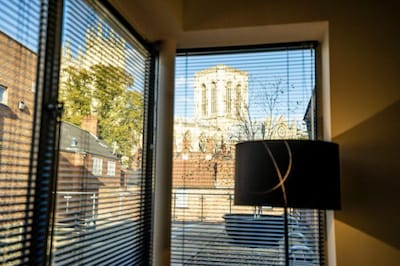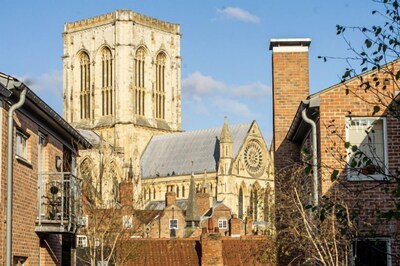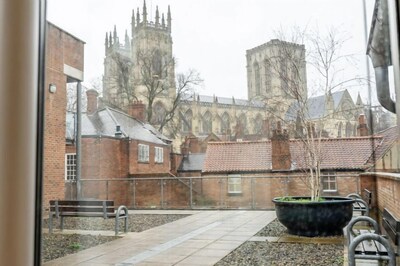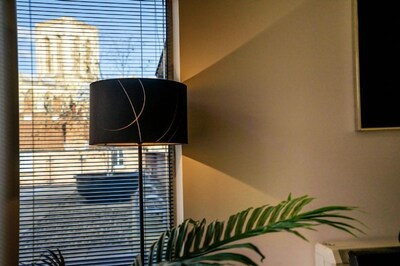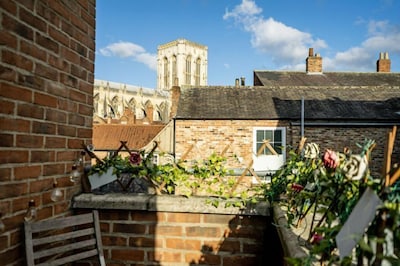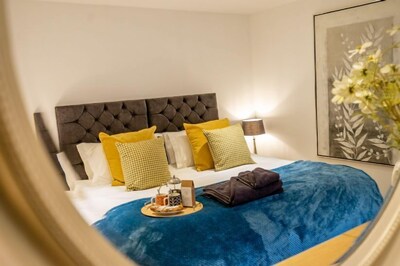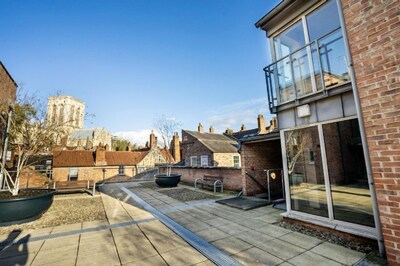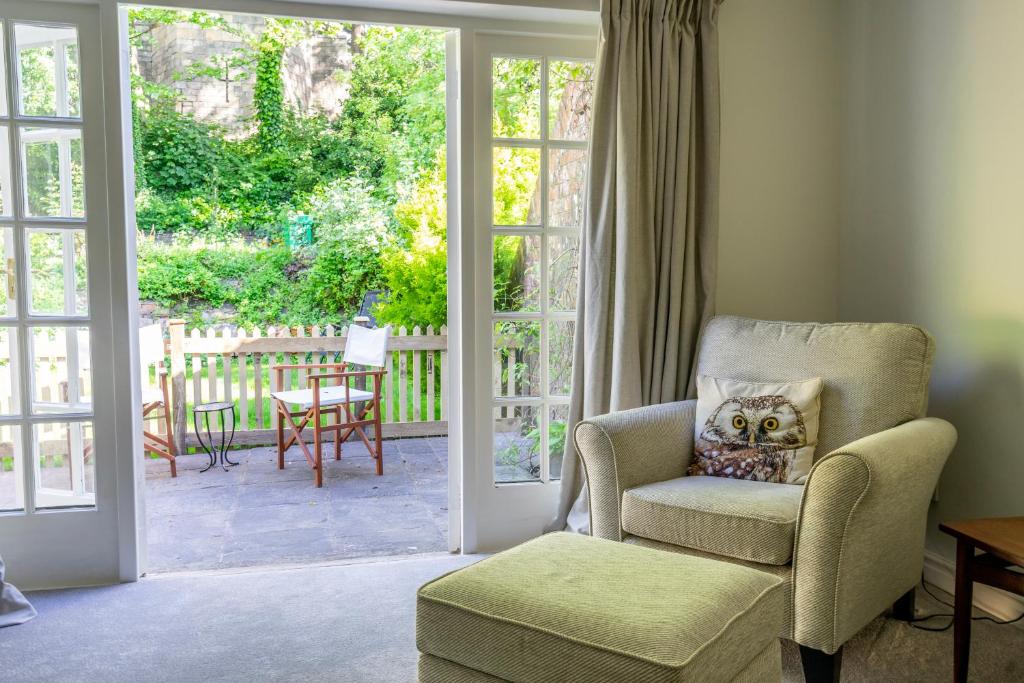Mentioned by Lonely Planet Top Choices
Top things to do in Yorkshire


"Clifford’s Tower (also known as York Castle) has been at the heart of York for many centuries now. It’s endured a fair few battles and what remains of the fortified complex that once consisted of prisons, castles and law courts, is now a ruinous castle. You can climb to the top of the tower for a small fee, where you’ll see panoramic views of the Vale of York."
"Clifford’s Tower is another one of the cities most famous attractions. Whilst taking photos from outside of the tower is completely free of charge, ticket fees do apply if you wish to go inside. Once inside, you can check out some great views of York from the top."



"As the name implies, York’s Merchant Adventurers were merchants. They traded along the English coast, northern Europe and sometimes as far as the Baltic and Iceland, bringing back an assortment of desired goods to York. The city was an important river port and the wealthiest city in Northern England, second only to London for most of the Middle Ages, allowing the merchants to make enough money to build the Hall between 1357 and 1361."
"The Merchant Adventurers' Hall is a restored medieval guildhall dating from the 14th century. The Great Hall is Britain's largest timber-framed building still used for its original purpose. The hall is still used by the Company of Merchant Adventurers of the City of York, now a charitable organization."
"York's most impressive semi-timbered building is still owned by the fraternity that built it almost 650 years ago and it is the oldest surviving guildhall of its kind in Britain. The owner was originally a..."


"Located between Leeds and Wetherby, Bramham Park is the site of the iconic Leeds Festival which occurs every August bank holiday weekend. If you don’t hold tickets to the festival, visit during the rest of the year to explore the 18th Century manor house and its sprawling grounds."



"Once one of the richest abbeys in the North of England, St. Mary’s used to rival York Minster in terms of its size and splendor. Nowadays, its extensive and impressive ruins are protected as part of the York Museum Gardens that lie just on the edge of the city center. Founded in 1088, the abbey prospered for centuries until Henry VIII’s edict in 1536 that dissolved and disbanded monasteries, priories and convents."
"Once the richest abbey in the north of England, St Mary's lies in what are now the York Museum Gardens, on a steeply-sloping site to the west of York Minster. The abbey dates back to 1086 and over time became the wealthiest monastery in northern England before it was dissolved by Henry VIII in 1539. Over the next 200 years, it fell into disrepair and was largely dismantled for its stone."
"The park also serves as a romantic backdrop to St. Mary’s Abbey… or what’s left of it. The monastery was first built in 1088 and was among the wealthiest and most powerful Benedictine monasteries in England. In the 1530s King Henry VIII banned all monasteries in England in 1530s and St. Mary’s gradually fell into the medieval ruins you can see today."

"This 18th-century townhouse offers a glimpse into the tastes, fashions, and daily life of Georgian-era nobility. It began as the home of Viscount Charles Gregory Fairfax and then enjoyed brief stints as a gentlemen’s club, cinema, and dancehall before being restored to its Georgian-era glory."
"Fairfax House is one of the finest 18th century houses in the North of England. It was designed by John Carr of York, and has the best 18th century rococo decoration. Fairfax House is owned by York Civic Trust who have restored the house to its former glory."

"Two words that you might not have heard put together before are ‘chocolate’ and ‘museum’, but it’s happened in York and all our dreams have come true. You’ll find it fairly tough to drag yourself out of here…. View this post on Instagram"

"The Georgian-style Mansion House in York is the home of the city's Lord Mayors during their term in office. This is the earliest purpose-built house of this sort still in use – it predates the Mansion House in London by at least 20 years. The foundation stone for the building was laid in 1725, and it was completed seven years later, in 1732."

"Step back in time at this beautifully restored, fully operational windmill. This Grade II listed icon has been lovingly brought back to life by the Holgate Windmill Preservation Society, a collection of local residents who rallied together to secure its future and rescue it from disrepair. Dating back to the late 18th century, the windmill supplied flour from Holgate to York, just over a mile from the city centre."




"Just a 20 minute drive from Leeds city centre is St Aidan’s Nature Reserve. A huge country park with abundant wildlife and over 12 kilometres of trails to walk or cycle along. Admire lakes, woodland and plenty of fresh air, as you spot roe deer, skylarks and owls."
"This wetland on the fringes of Leeds is a birdwatcher's paradise and also a top place for a gentle walk. It's off Astley Lane, Swillington."
"Pop over to RSPB St. Aidan's and see what you can spot through your binocs ( also known as binoculars!)"

